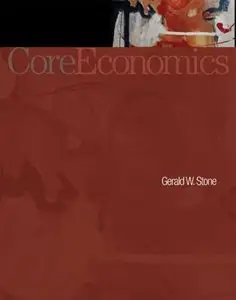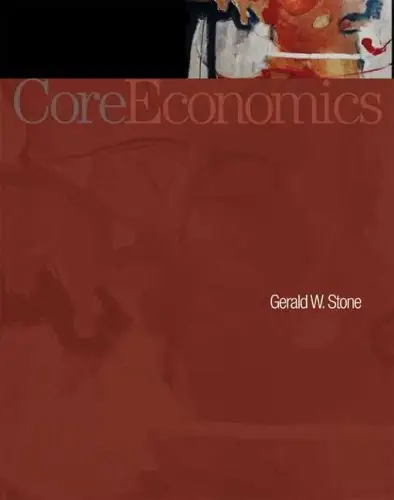Gerald Stone, "Core Economics"
English | 2007 | ISBN: 0716799006 | 800 pages | PDF | 14,6 MB
English | 2007 | ISBN: 0716799006 | 800 pages | PDF | 14,6 MB
What does CORE mean?
CoreEconomics is based on an extensive survey conducted by the author, Gerald Stone. Professor Stone asked several hundred instructors which chapters of their principles books they actually cover in their courses. Two important points emerged:
• One chapter/one week. Instructors typically cover one chapter per week, or 15 chapters in a 15-week semester.
• The majority of instructors teach the same 2/3 of a standard economics textbook.
The overwhelming majority of instructors covers the same chapters in the bulk of their course and then spend minimal time covering additional chapters. Over 90% of professors cover a maximum of 15 chapters in their microeconomics or macroeconomics text, which typically includes 19-22 chapters.
Based on this he decided to write a textbook that covers the core topics of economics in the sequence they are most commonly taught. The result is CoreEconomics, a text that provides everything you need to cover in your course in one chapter per week at 2/3 the cost of the average principles of Economics text.
In this sense, “core” does not mean brief or abridged. Rather, it means that the textbook contains the chapters that most instructors need, but very few additional chapters or special-interest topics, such as agricultural economics, urban economics, insurance, and risk.
Because CoreEconomics focuses on the core principles, it includes very few boxes, sidebars, or additional features. Rather, examples are incorporated into the main narrative of each chapter. The result is a more satisfying reading and learning experience for the student.



